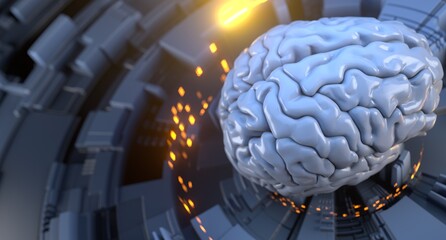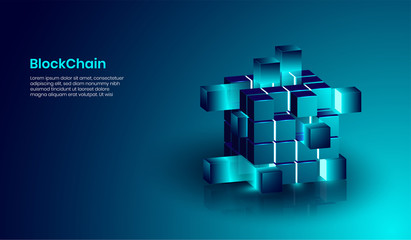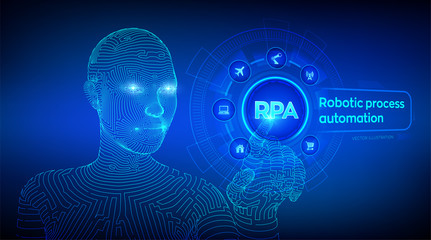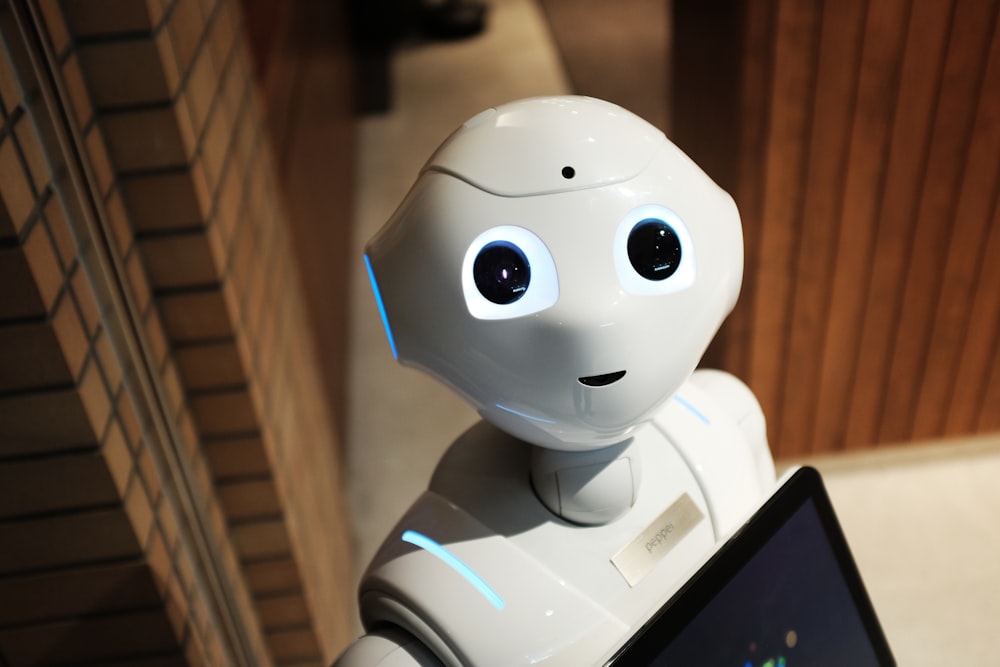NEW TECHNOLOGIES
NEW TECHNOLOGIES
COGNITIVE COULD-COMPUTING
The cognitive computing has power to replicate human perception in a computerized model.By Using self-learning algorithms that use data mining, pattern recognition and natural language processing,
the computer can imitate the way the human brain works.
the computer can imitate the way the human brain works.
It's very easy as we get into areas of cognitive computing and
artificial intelligence to rapidly drop down and start to talk about
deep machine learning and algorithms and some really exciting
technologies., you know,nobody loves
technology more than I do. And it's a fascinating area,and lots of that
will be talked about today. It's all about changing the world and
changing industries and seeing things and getting insights into things
that we never have been able to get our arms around before. And so we
will talk about the various technologies and opportunities to keep
thinking about what applications, what can we do with this technology? How can we impact society and the human state in ways that we've never been able to do before? . Now what are we really after here and what is sort of fueling this? We all know all these things about big data, the amounts of data that's being generated. is it's very interesting also in addition to talk about algorithms, it's very interesting to talk about what we're trying to do here as replicating what the human brain does. That is not at all what this is about. When we started out in the early days-- as we were not trying to do what previous AI researchers had done to imitate the brain. We were doing something very simple. We were trying to build a system that could deal with this massive amount of data, because our human intelligence was not scaling the way data is scaling. In a sense, there's a new Moore's Law and that new Moore's Law is in the data space. And much of that data is dark or invisible to our current computer systems. We said, we need an entirely new type of computer system to deal with this. Today, it's estimated that 80 percent of the world's data is dark -- meaning that we as humans in our current computer systems cannot make sense of that data. It's either noisy or in formats that can't be read. And further more, that by 2020,that's going to exceed 90 percent.

I will assume that you have no prior knowledge about AI or cognitive computing systems. Most of us have seen artificial intelligence portrayed in science fiction books or in big-budget Hollywood movies cognitive computing and artificial intelligence are, the various types of cognitive computing and AI systems that are available today, how those systems work, how they are used to solve real-world problems, and the ways in which AI and cognitive computing will transform almost everything we do.There are countless other ways in which AI and cognitive computing will change our lives in the coming years, many of which have not yet even been conceived. If you imagine what the world will be like when all of these things have become reality, then you’ll understand why AI & amp cognitive computing are widely expected to be among the most disruptive technologies in all of human history. They can improve decision-making, enhance human intelligence, and free up our limited cognitive resources so that we are able to focus on other tasks.
BLOCKCHAIN TECHNOLOGY

Blockchains technology are incredibly popular nowadays.A blockchain is a chain of blocks that contains information. This technology was originally trace in1991 by a group of researchers.It is a assign records that is completely open to anyone.if the data has been recorded in a blockchain then its very hard to change that data.Every block of chain contains some data.The data which is stored inside a block depends on blockchain types.

Example:- Let's say I am with a group of friends and I granted my friend ten dollars. Now the friends see the transaction go down and they know that I have the correct amount of money and in addition they've initial the transaction and they made a record of it.Now next week when my friend will comes back to me to ask how much money i had initially him, we could easily go to anyone of my friends that have a record of that transaction. Now Blockchains are allocate as all of the junction (nodes) that are active in that Blockchain network have a record of every transaction that has ever taken place.
Blockchain also have advantage of
having a single inventor of truth and has a distributed
nature where
everyone has the same copy from that Blockchain.In addition, there's going to be a hash. A hash is actually a digital fingerprint,so it represents the transactions that are in the block and is completely unique. so if there will any change in transaction then there will be change in hash also. So, let's take a couple letters for the hash,generally it's an alphanumeric sequence and is usually a lot longer, more secure.There is also other fact that Blockchains you can really make transactions more efficient. and it is most successful applications of Blockchain technology is something called smart contracts. truly this is code that's running on the Blockchain and whenever certain conditions are met, they are automatically executed.
ROBOTIC PROCESS AUTOMATION

A robotic process automation is a bot or robot that imitate human work and complete task and logged out also it is not a part of organization's the task which it perform must be calculating,maintenance of records and transaction. Now let's talk about some prominent companies some prominent resource companies who are giving their verdict about what they feel about RPA around 22% of the IT jobs are going to be affected by the RPA technology in the coming years now this basically means that either the human workforce is going to be reduced or the way we work these days it's going to be changed in the coming years now this is 22% is a huge number considering the number of jobs which are related to IT or computers these days, so this was the first research that we found.

The second research says that RPA industry can grow by 2.1 billion dollars by the year 2021 so this is the amount of growth which is there in the RPA sector right now moving forward.Now let's talk about the benefits of RPA so we saw that RPA is growing there is a possibility of RPA replacing human workforce or changing the way the human workforce is working today with the computers but what benefits do we get when RPA replaces the human workforce right the first benefit that we get is automation, so automation not only your work is being replaced by machines your work can also be done faster and in a more accurate manner because if you talk about humans guys we guys can commit mistakes if you are given a process again and again if you are implementing the process there might be a possibility that we might commit a mistake while following that same process again and again but with a computer it's not like that you code your computer in a way once and it will always execute with the same efficiency and same accuracy at all the times and obviously then when you talk about accuracy or efficiency computers are always way ahead from humans right.
R.P.A offers distinct business value proposition. Let us take a small example. Your As-Is or your current state of operations demand employment for 20000 people, to handle 40 million processes across your organization. The cost that your organization incurs for this is around 300 million US Dollars. Now, by implementing software automation your to be state would require only 2000 people, supplemented by 8000 working robots, and will now be able to handle 200 million processes, at a cost of only 60 million US Dollars. So your output has increased by 5 X while your costs have gone down by 5 X.
Robots and humans will have to co-exist. Humans who are losing out jobs to robots will have to upskill, or cross-skill themselves to sustain their livelihoods, as automation tools to become more mature to efficiently carry out low-intelligence rule based repetitive tasks.
THANK YOU FOR READING MY BLOG BE READ FOR MY NEXT BLOG WITH LOTS OF INFORMATION ABOUT TECHNOLOGIES.....

Comments
Post a Comment
Please do not enter any spam link in the comment box.